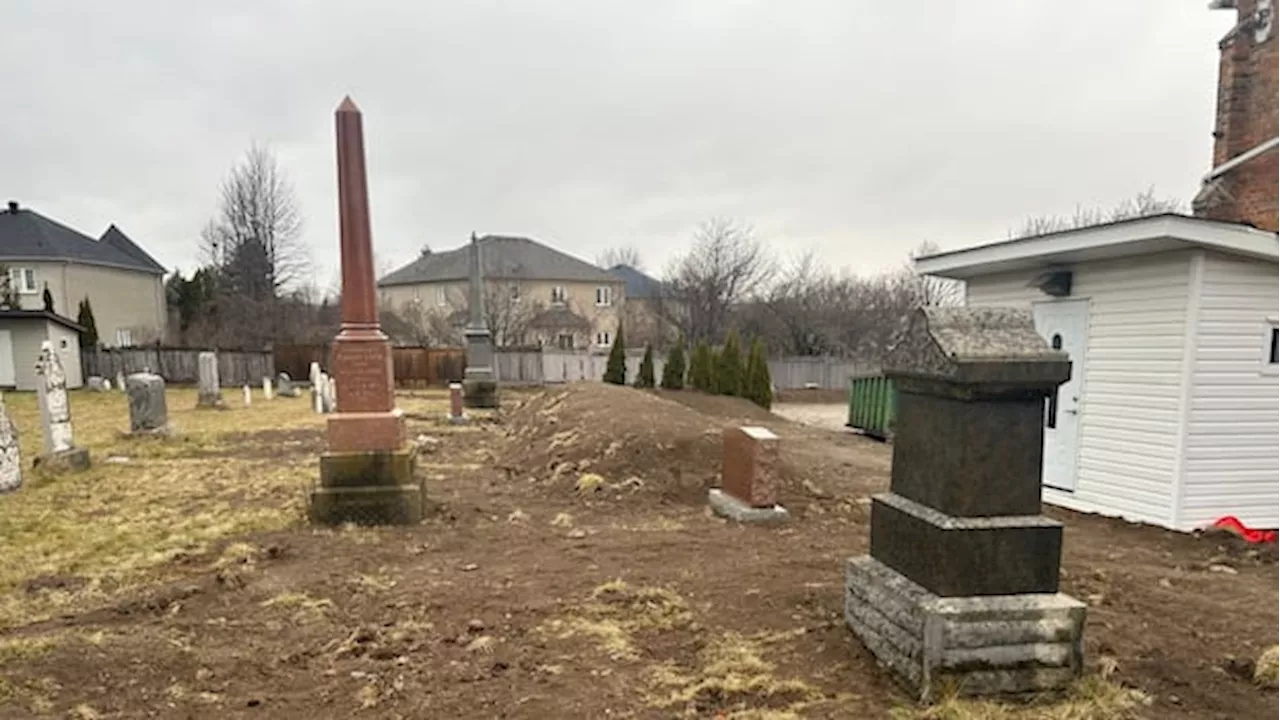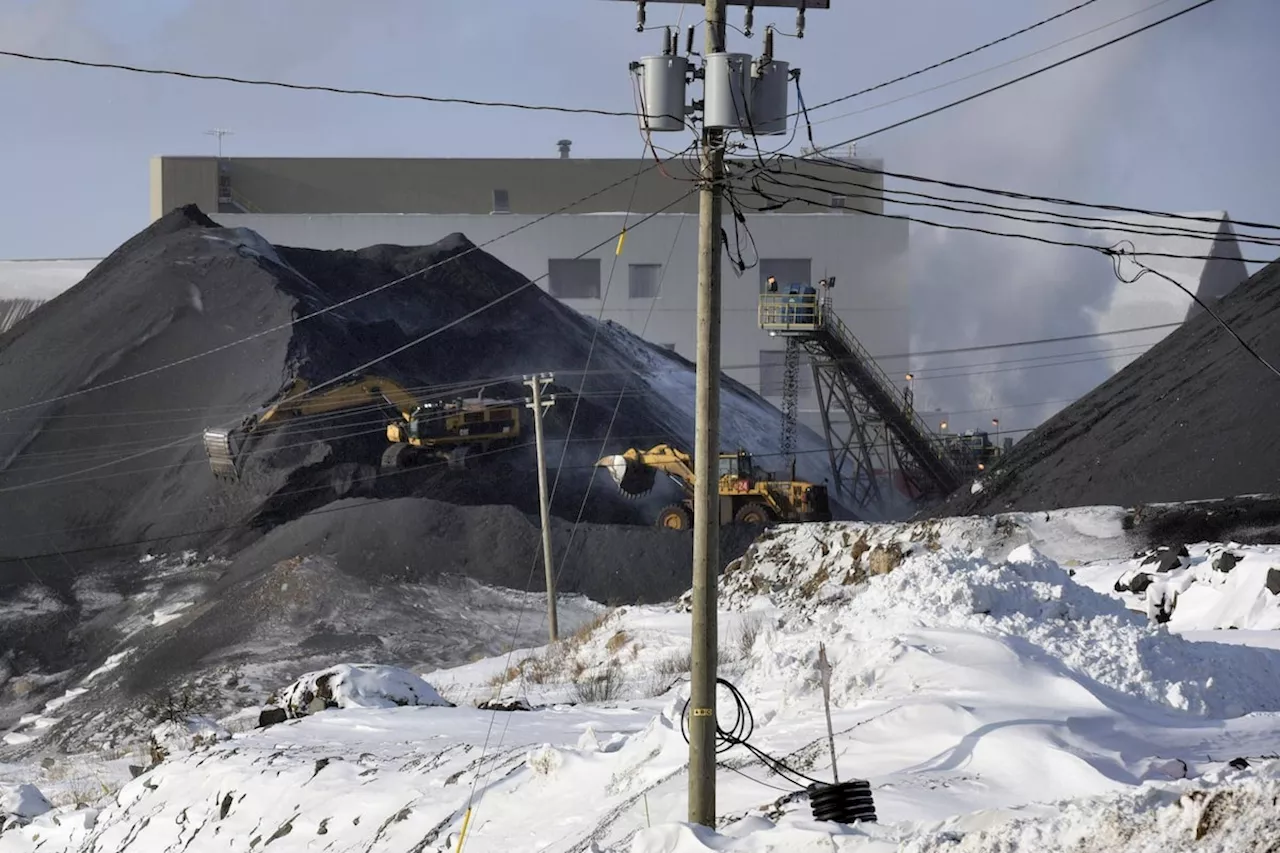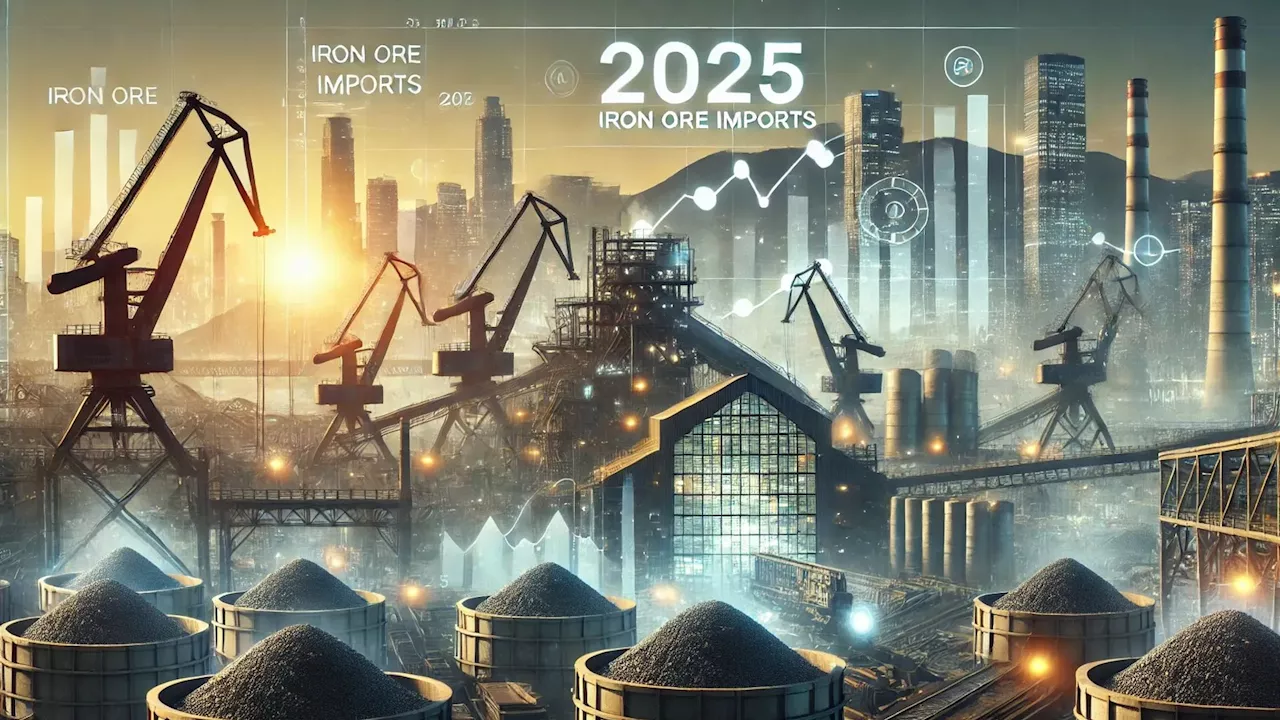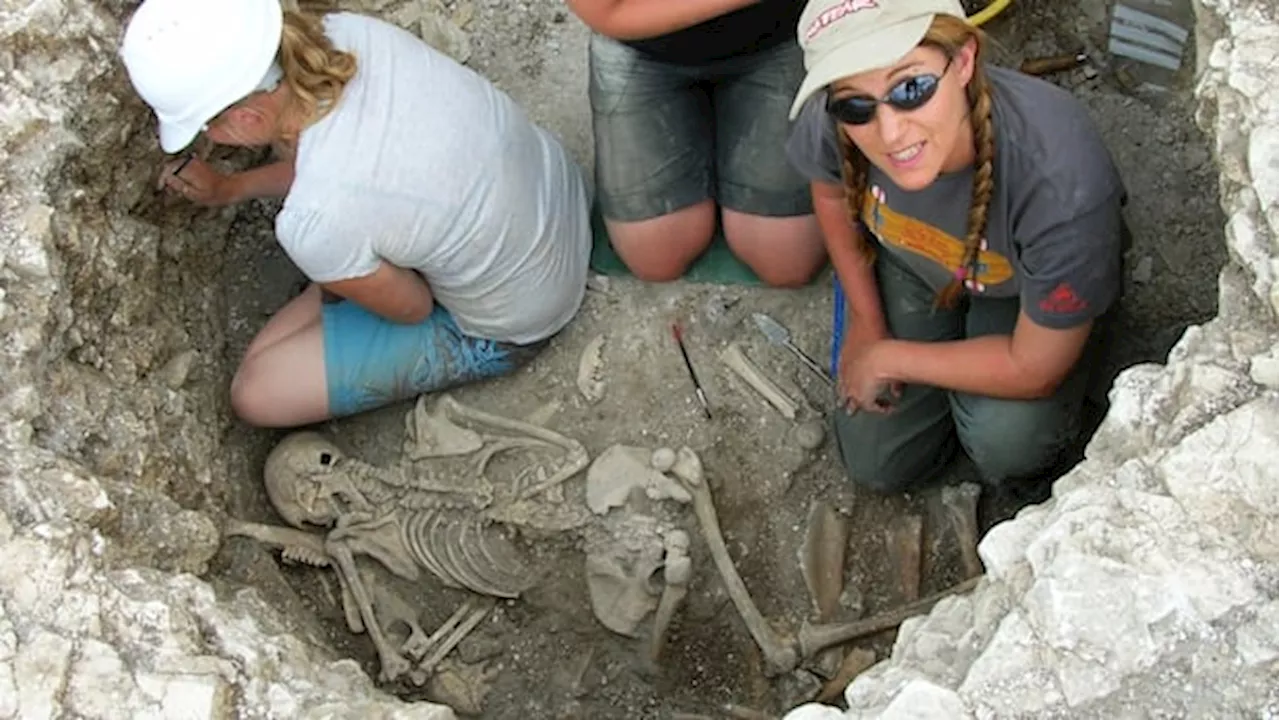An examination of ancient DNA from a cemetery in southwest England suggests that the Iron Age Durotriges tribe practiced matrilocality, meaning that women's families remained intact, and husbands moved in upon marriage. This discovery challenges traditional views of gender roles in prehistoric Europe.
Geneticist Lara Cassidy wasn't surprised to find several generations of the same family buried in an Iron Age cemetery near Dorset, England. But she was quite surprised to find most of them were related along a single matrilineal line. This photo provided by Bournemouth University shows burials being investigated at an Iron Age Celtic cemetery as part of the Durotriges tribe project dig in Dorset, southwest England.
(Bournemouth University/The Associated Press)Geneticist Lara Cassidy wasn't surprised to find several generations of the same family buried in an Iron Age cemetery near Dorset, England. 'They were related to their mothers and their grandmothers,' Cassidy, who studies ancient DNA at Trinity College Dublin, told CBC. 'That tells us that women are staying put, daughters are staying put. They're not leaving when they reach adulthood.' This finding suggests the Celtic tribe, known as the Durotriges, was matrilocal — meaning that when women married, their husbands joined their homes and families, and not the other way around. This further suggests Iron Age Celtic women were, perhaps, at the very heart of social networks in their communities, staying in the same circles throughout life, maintaining social networks and likely inheriting or managing land and property.The study focused on an examination of ancient DNA from 57 graves in southwest England, which showed that two-thirds of the individuals were descended from a single maternal line. Those who weren't related to the dominant line were men, which, according to the researchers, suggests they likely arrived from other communities to live with their wives' families.While Durotriges lived more than 2,000 years ago, Cassidy says most recorded matrilocal societies date back just a few hundred years in Africa, Southeast Asia and the Americas. In studies of pre-industrial societies from around 1800 to the present, anthropologists found that men join their wives' extended family households only eight per cent of the time, said Cassidy. Researchers say most of the people buried here were related along a single matrilineal line. (Bournemouth University/The Associated Press)He says archaeologists studying grave sites in Britain and Europe have previously only detected the opposite pattern — women leaving their homes to join their husband's family group — in other ancient time periods, from the neolithic to the early Medieval period. While the authors hail this as the first discovery of a matrilocal structure in European prehistory, it may not be the only one. The researchers are sifting through data from prior genetic surveys of Iron Age Britain, and say they are already finding other examples.The cemetery was used from around 100 BC to 200 AD, both before and after the Roman invasion in 43 AD. When Romans arrived, they were 'astonished' to find women in positions of power, according to their writings from that period, says excavation director Miles Russel, an archaeologist at the U.K.'s Bournemouth University. 'It's been suggested that the Romans exaggerated the liberties of British women to paint a picture of an untamed society. But archaeology, and now genetics, implies women were influential in many spheres of Iron Age life. Indeed, it is possible that maternal ancestry was the primary shaper of group identities,'Archaeologists identify Iron Age remains as those of a female warriorThat said, it's a structure that offers woman benefits they wouldn't have if they had to leave their homes and communities in order to join their husbands' families and households, she said. 'Women can also have very influential roles far beyond the domestic sphere. There's fewer barriers to female political participation and female political leadership as well,' she said. In fact, she says, it's not uncommon to find women in Iron Age Britain buried with valuable items, which she says 'suggests that that women could attain quite high status in their societies.' 'So we're not saying women ruled and men were oppressed,' she said. 'What we are saying is more empowerment for women in these societies.
Iron Age Matrilocality Durotriges Genetics Gender Roles Archaeology Europe Ancient DNA
Canada Latest News, Canada Headlines
Similar News:You can also read news stories similar to this one that we have collected from other news sources.
 Richmond Hill Church Under Investigation for Cemetery ConditionsA Richmond Hill church faces scrutiny for its handling of a heritage cemetery, prompting investigations by the Bereavement Authority of Ontario and the City of Richmond Hill.
Richmond Hill Church Under Investigation for Cemetery ConditionsA Richmond Hill church faces scrutiny for its handling of a heritage cemetery, prompting investigations by the Bereavement Authority of Ontario and the City of Richmond Hill.
Read more »
 Nippon Steel, Sojitz to Acquire 49% Stake in Champion Iron's Kami ProjectChampion Iron announced on Thursday that Japanese steelmaker Nippon Steel and trading house Sojitz will acquire a 49% stake in its Kami iron ore project in Canada for C$245 million. Nippon and Sojitz will hold a 30% and 19% stake respectively in the project, sharing development and construction costs. Champion expects to receive up to C$490 million in future contributions from the partners. The investment will help Nippon Steel secure a stable supply of direct reduction iron ore for its high-grade steel production.
Nippon Steel, Sojitz to Acquire 49% Stake in Champion Iron's Kami ProjectChampion Iron announced on Thursday that Japanese steelmaker Nippon Steel and trading house Sojitz will acquire a 49% stake in its Kami iron ore project in Canada for C$245 million. Nippon and Sojitz will hold a 30% and 19% stake respectively in the project, sharing development and construction costs. Champion expects to receive up to C$490 million in future contributions from the partners. The investment will help Nippon Steel secure a stable supply of direct reduction iron ore for its high-grade steel production.
Read more »
 China's Iron Ore Imports Set to Soar in 2025Despite a property crisis impacting steel demand, China's iron ore imports are projected to reach record highs in 2025 as traders stockpile cheap ore. Growing supply from Australia and Brazil, coupled with anticipation of a new market influx from the Simandou project, are driving this trend. Analysts predict iron ore prices to dip in 2025.
China's Iron Ore Imports Set to Soar in 2025Despite a property crisis impacting steel demand, China's iron ore imports are projected to reach record highs in 2025 as traders stockpile cheap ore. Growing supply from Australia and Brazil, coupled with anticipation of a new market influx from the Simandou project, are driving this trend. Analysts predict iron ore prices to dip in 2025.
Read more »
 Iron Supplements for Thalassemia Minor: What You Need to KnowA reader with thalassemia minor seeks advice on the effectiveness of iron supplements for managing their condition and preventing exercise fatigue.
Iron Supplements for Thalassemia Minor: What You Need to KnowA reader with thalassemia minor seeks advice on the effectiveness of iron supplements for managing their condition and preventing exercise fatigue.
Read more »
 Israeli PM Netanyahu Opens New Knesset Session Marking 'Iron Swords' War AnniversaryIsraeli Prime Minister Benjamin Netanyahu attended the opening of the 25th Knesset session in Jerusalem on October 28, 2024, marking the anniversary of the 'Iron Swords' war. He was joined by former defense minister Yoav Gallant.
Israeli PM Netanyahu Opens New Knesset Session Marking 'Iron Swords' War AnniversaryIsraeli Prime Minister Benjamin Netanyahu attended the opening of the 25th Knesset session in Jerusalem on October 28, 2024, marking the anniversary of the 'Iron Swords' war. He was joined by former defense minister Yoav Gallant.
Read more »
 Rockets Fired from Gaza Intercepted by Israel's Iron DomeRockets launched from Gaza towards Israeli territory were successfully intercepted by Israel's Iron Dome anti-missile defense system. The incident was captured in images taken from Gaza City.
Rockets Fired from Gaza Intercepted by Israel's Iron DomeRockets launched from Gaza towards Israeli territory were successfully intercepted by Israel's Iron Dome anti-missile defense system. The incident was captured in images taken from Gaza City.
Read more »
